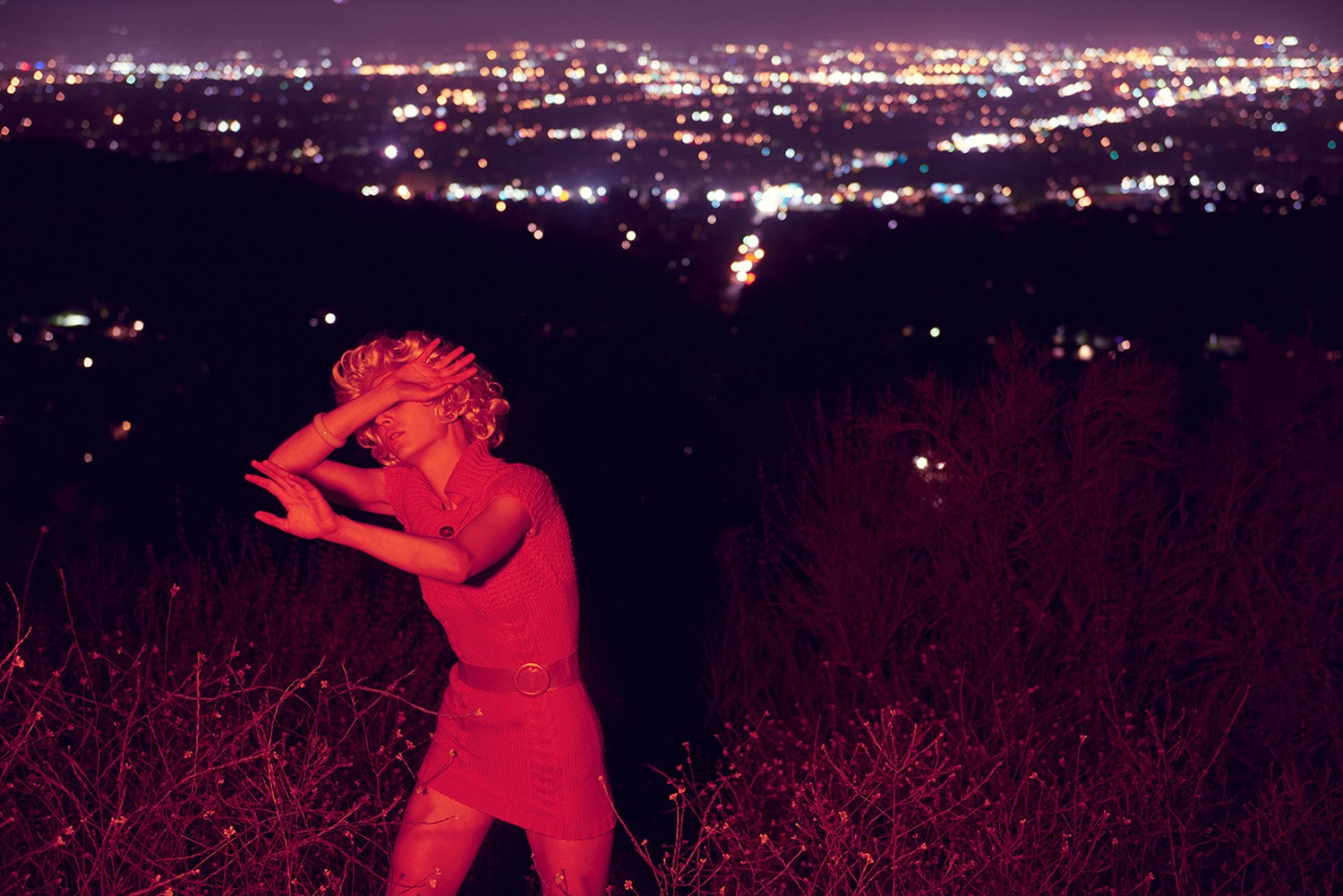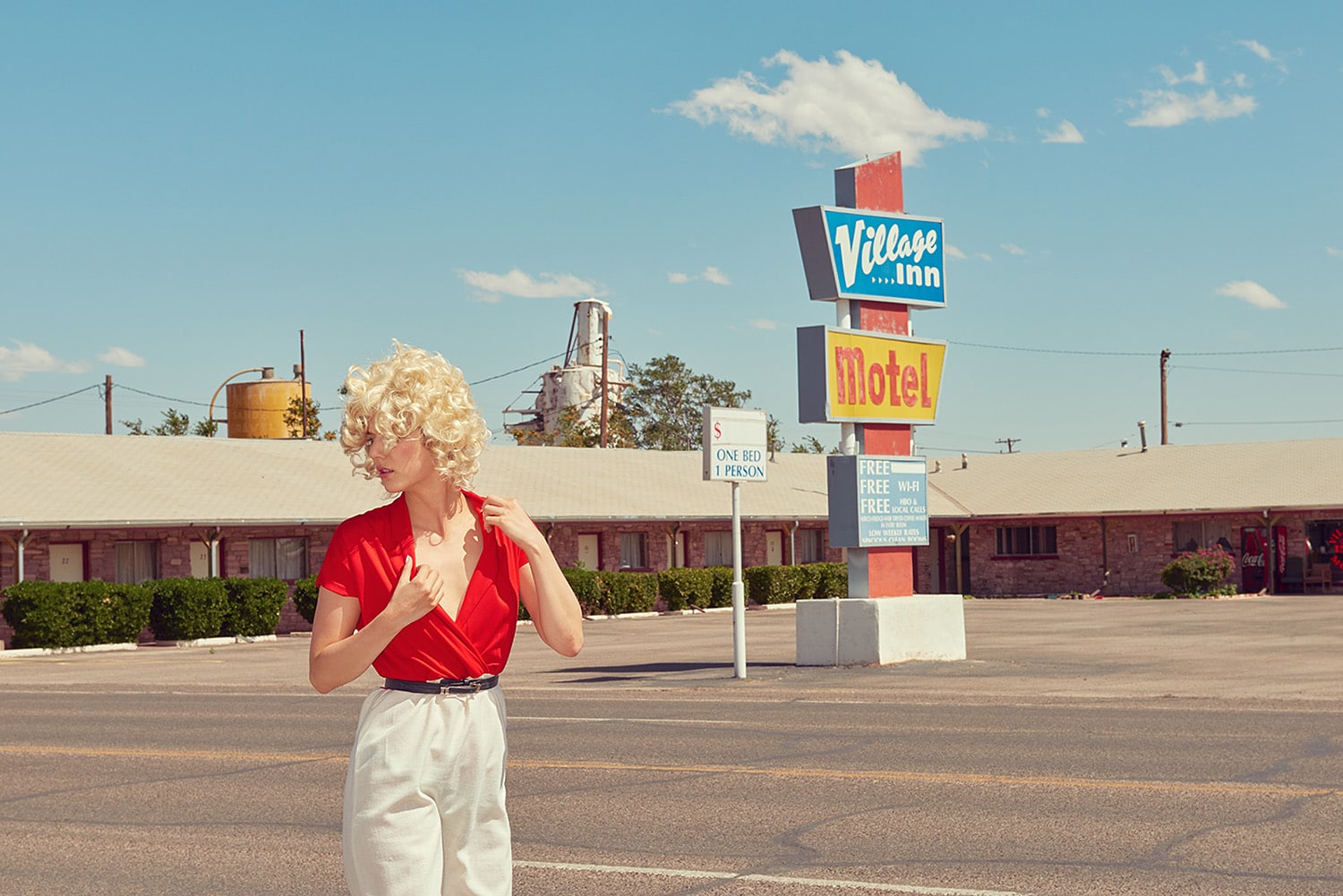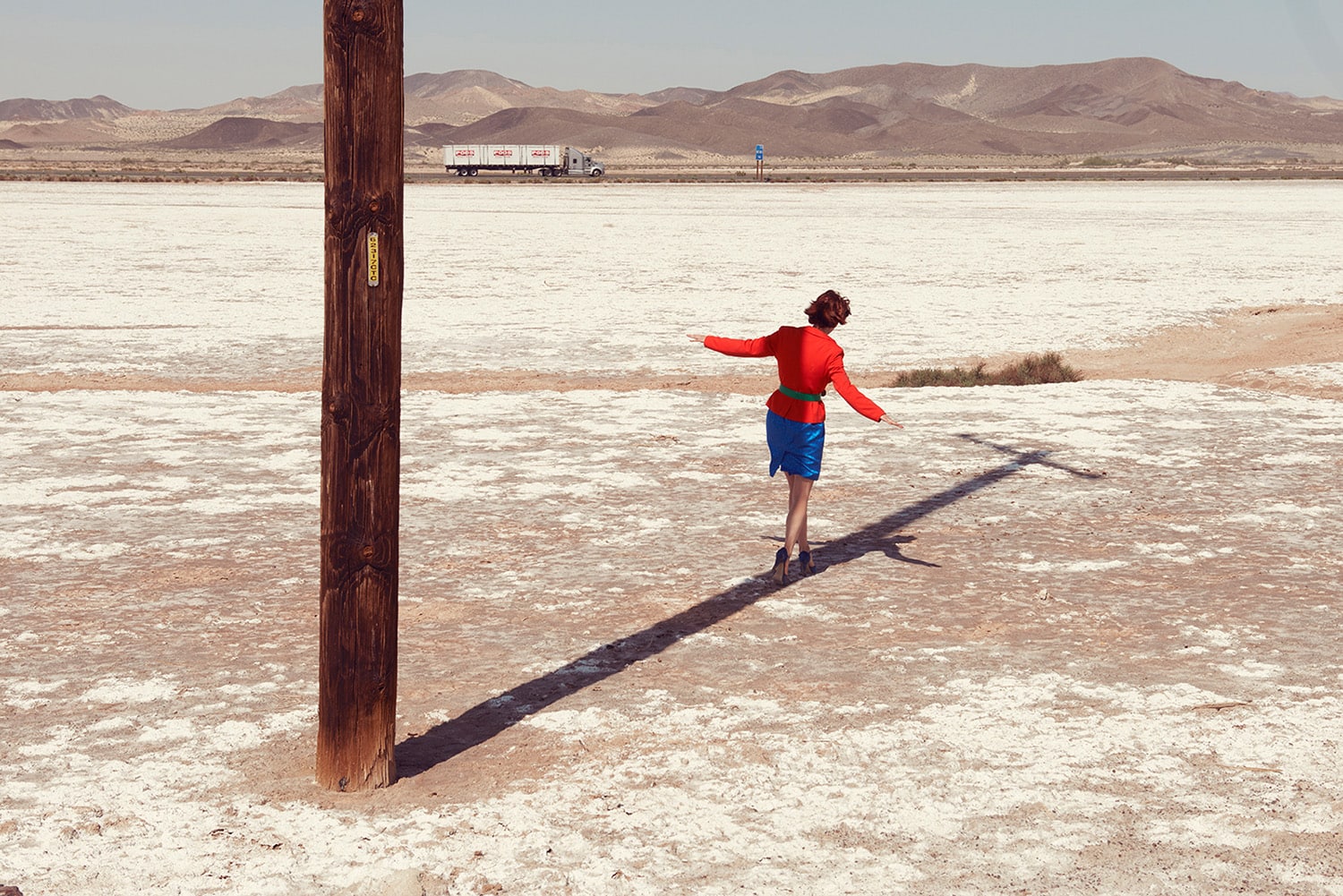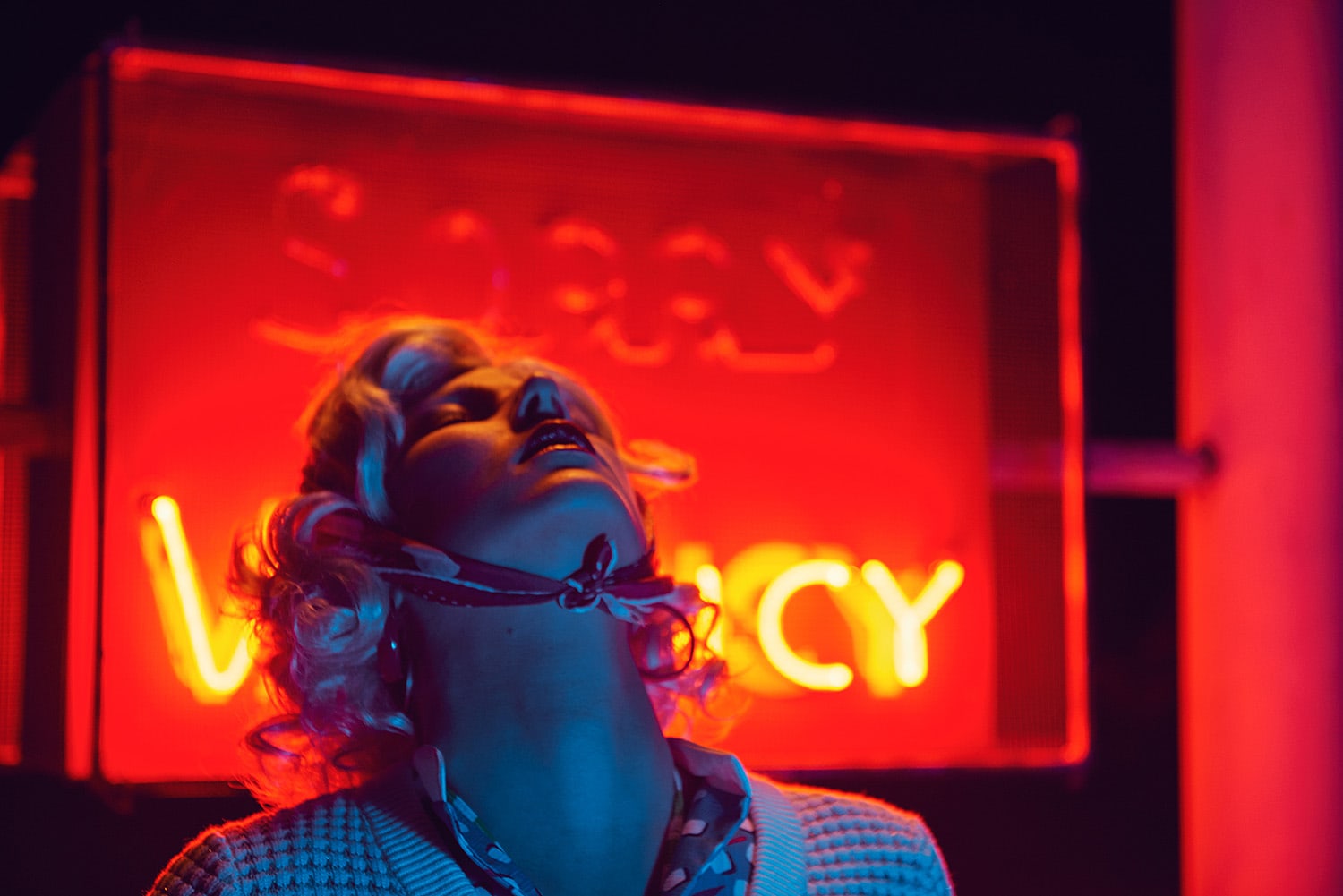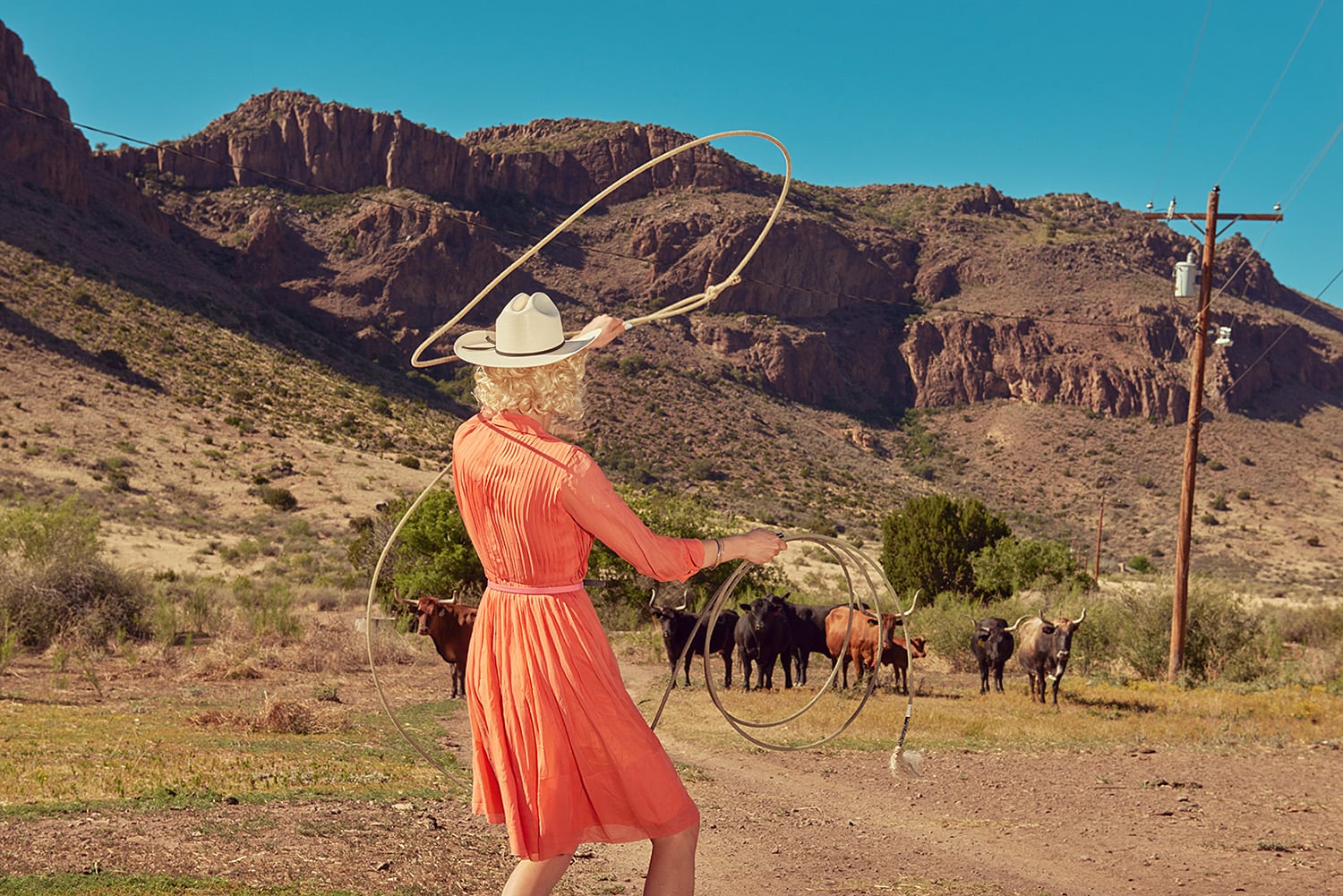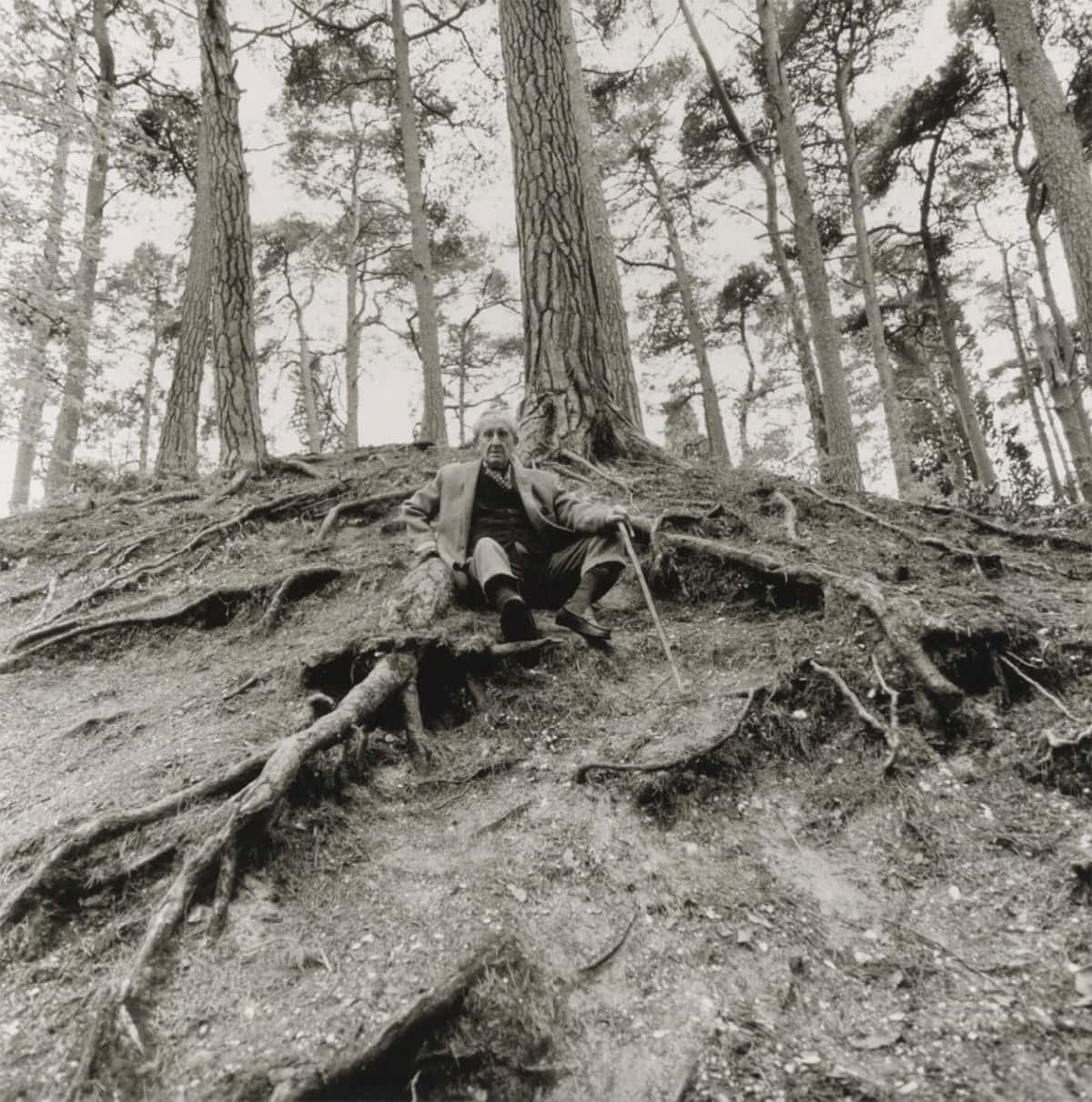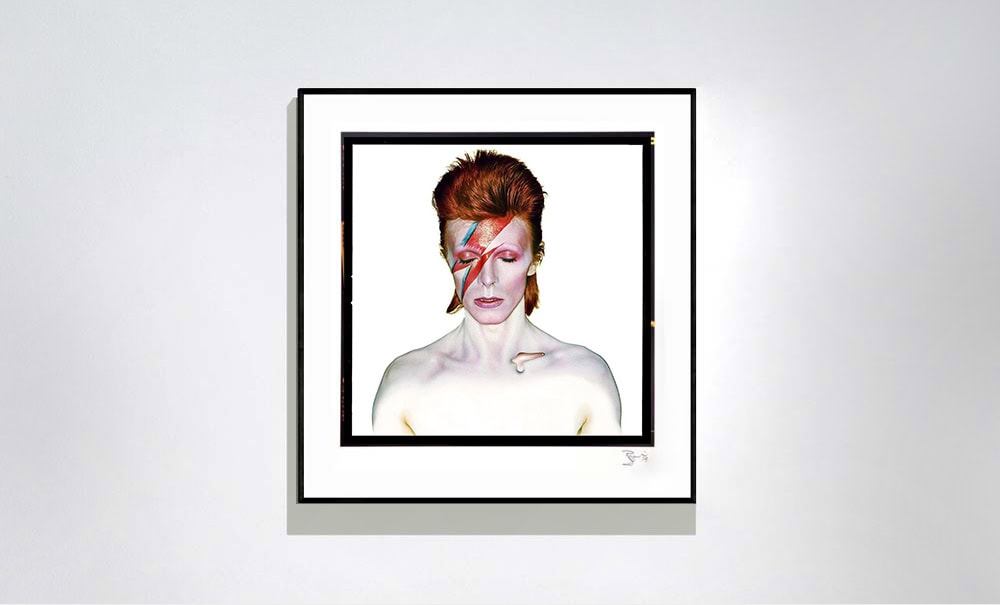An Interview with Kourtney Roy
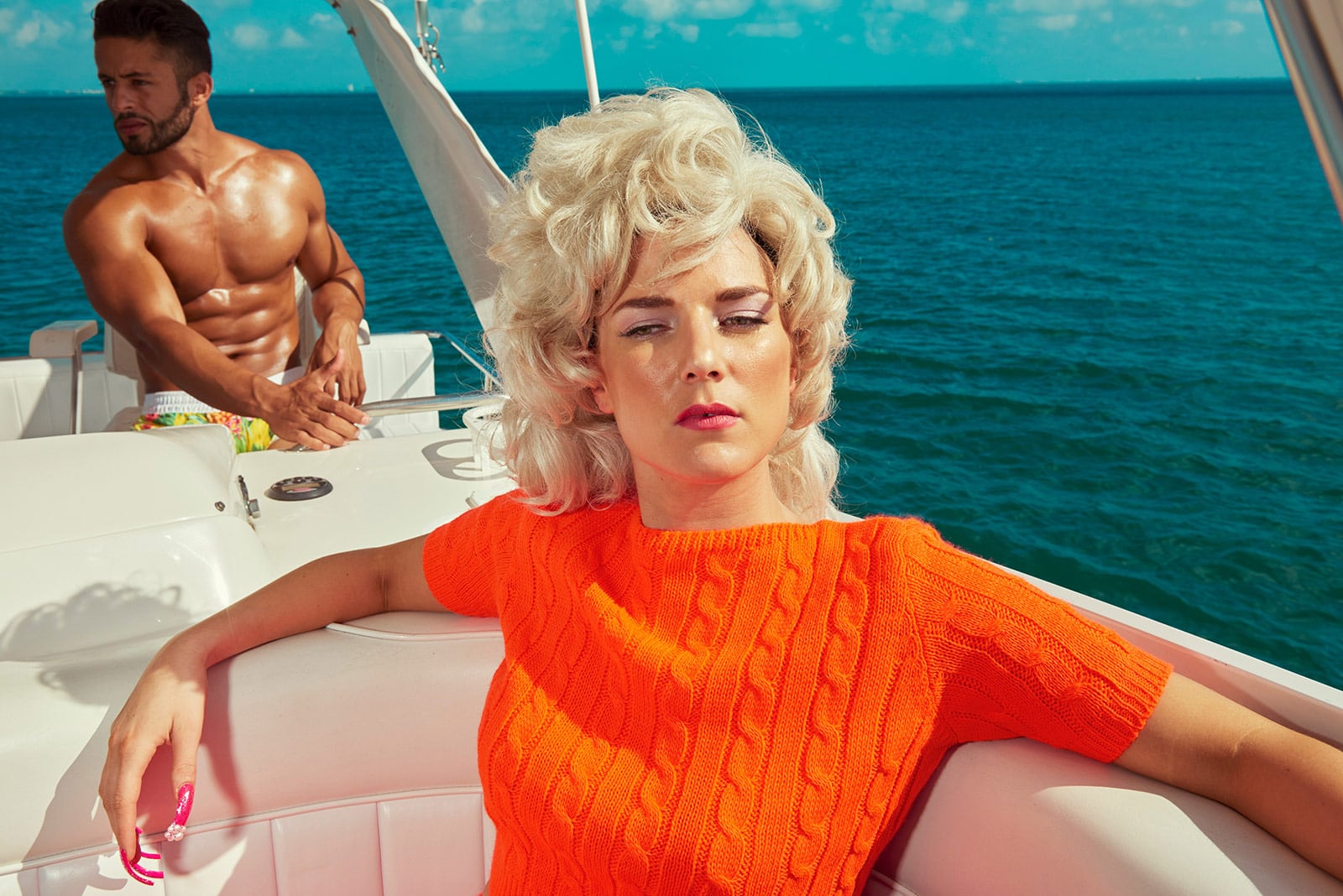
As Kourtney Roy’s career goes from strength-to-strength, we caught up with the photographer to see what she’s working on lately. This year, Roy has been busy promoting her latest book, ‘The Other End of the Rainbow’, and has won a string of awards and prizes. We caught up with Roy on her practice, her photographic inspiration, the premise of her new project, and the making of her first feature film.
SOL:
Tell us about portraiture and why you use yourself as the subject?
KR:
It started when I was first at University, 19 years-old at art school, when I was trying to find my vision. Initially I wanted to get away from the idea of representation and appropriation, which is a big topic and can obviously be very problematic. So I started to photograph myself, but it quickly became less about the side-stepping the politics of representation and more about enjoying the strange worlds I created. I think of it now as some sort of fantasy or alter ego. I get to live two different lives, which I really enjoy.
SOL:
What drives your glam, kitsch, camp aesthetic?
KR:
I get a lot of my inspiration from drag. I’m not hyper-feminine in my personal life, but I enjoy the exaggeration of femininity. I find it empowering to take on as a character.

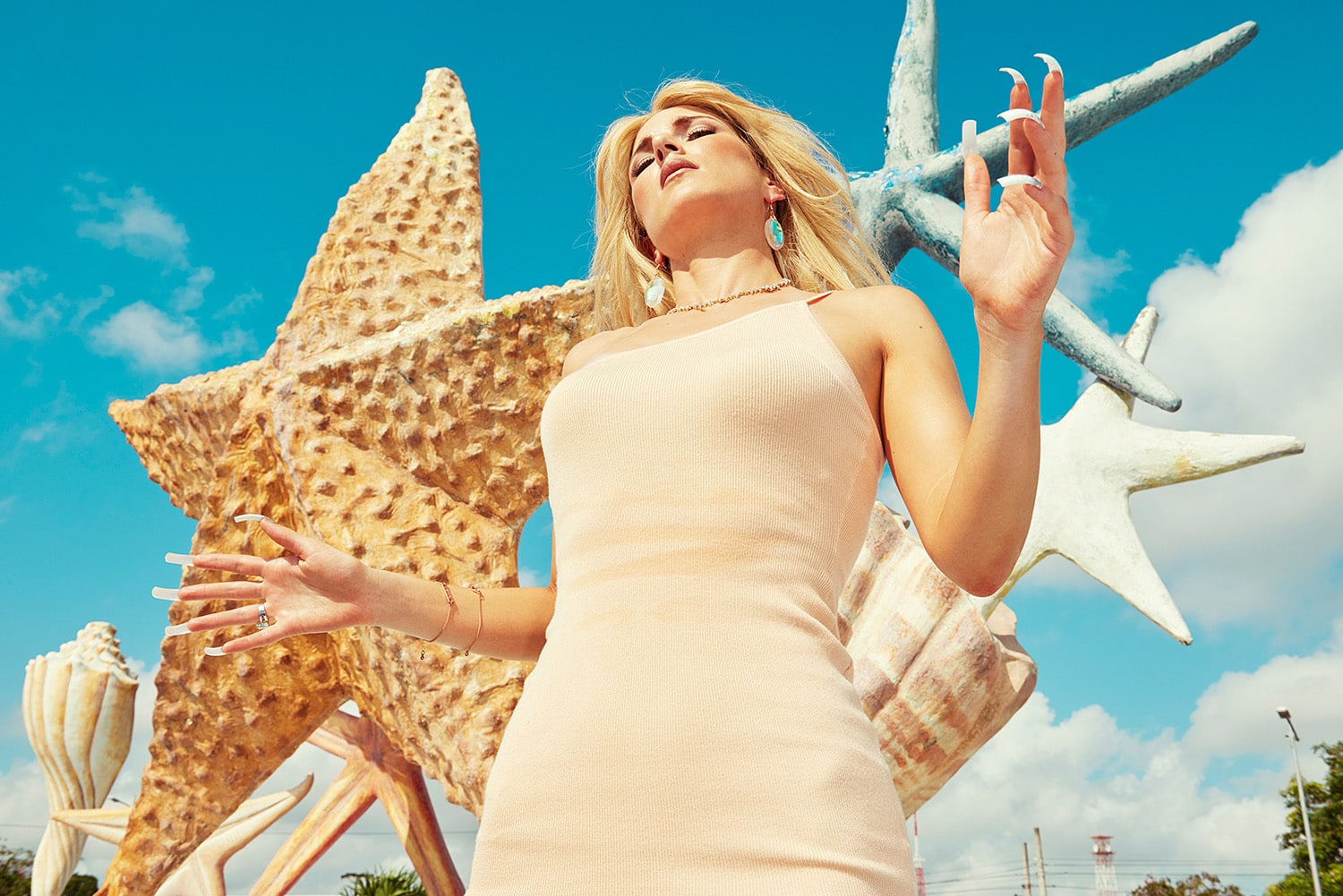
SOL:
Although very glamorous, your characters are often situated in mundane, sometimes commercial settings. Which photographers inspired your practice?
KR:
I love banality and that vernacular type of architecture. I love forgotten, away places. I’ve always been inspired by photographers like Lewis Baltz, Robert Adams and William Eggleston. They approach landscapes with a democratic objectivity, where anything and everything is subject matter, such as suburban developments and prefabricated homes. This ties in to all the early colourists whose work I also love—Stephen Shore, Joel Sternfeld, Eggleston. Otherwise I’m also inspired by Diane Arbus, Gary Winograd, and many of the Canadian photo-conceptualists, like Jeff Wall.
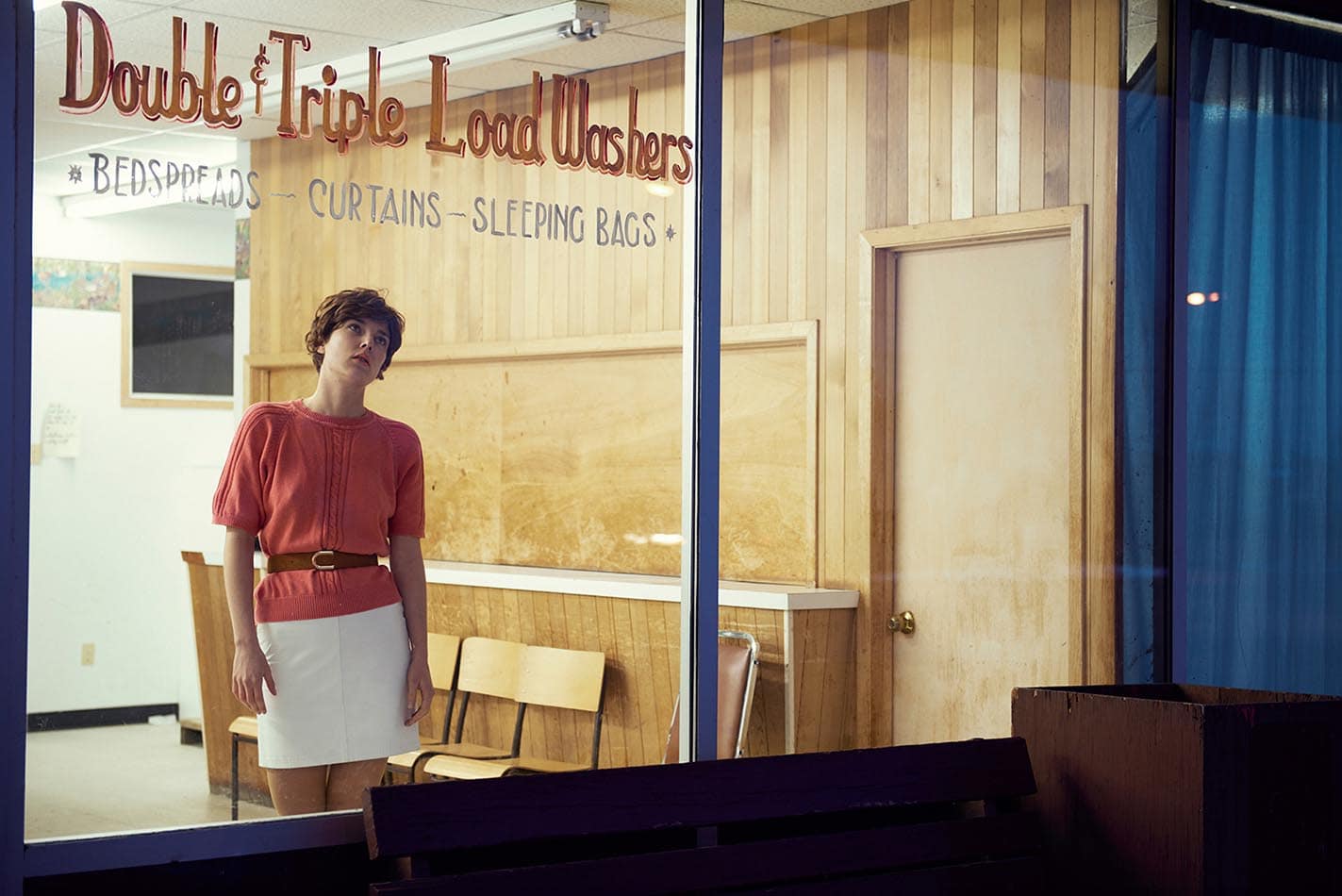

SOL:
How do you work when you’re shooting or on set?
KR:
I usually shoot for at least two weeks—and it’s full on. Everyday I’ll wake up at 5am and won’t finish until late at night. I’m fully immersed in these fantasy worlds, living and breathing these characters and scenarios. Being on set is also very expensive! So I’m always ‘on’. It’s tiring but also really exciting. I do the same with filmmaking as well as photography.
SOL:
You’re both a photographer and filmmaker – and currently working on your first feature film?
KR:
It’s about a woman’s search for a missing monster hunter and her growing realisation that she is inescapably linked to the creature being pursued.
SOL:
Are you working on any new photography projects at the moment?
KR:
At the moment it’s pretty calm while I focus on the film. But last year I published four books and I had a solo show in Paris this January. I’ve spent most of this year promoting my latest book, ‘The Other Side of the Rainbow’, which is about all the missing women and girls along the ‘Highway of Tears’ in British Columbia, Canada.



SOL:
‘The Other Side of the Rainbow’ is very different from your previous work. What inspired you to create this project?
KR:
This area of Canada is a beautiful place, but it has a dark history which is much more present today than people might realise. In 2015 I was in the region, shooting another project called Northern Noir. I was driving with a friend, who explained about the large number of missing or murdered people, and how many of them are of indigenous descent. From that conversation I began looking into the history, and after two years of research I thought, ‘that’s it! I’m going to go’. It was a big difference, working on a project that is based in reality, rather than creating my usual strange, fantasy worlds. But it is an important topic that really affected me. I felt it was important to address.
People have been disappearing for over 40 years now, and it’s only starting to garner any kind of notoriety. I decided to focus the project on missing women and girls, as it’s a conversation so deeply couched in misogyny, violence and racism, but there are actually a lot of missing and murdered men and boys too. My book is already 400 pages and that’s narrowed down to only a portion of the missing and murdered women and girls. It’s a continuing history, not a closed chapter in our history. One of the girls in the book, Madison Scott, had been missing and her body was just found in May this year.

SOL:
The book is fairly equal parts text as it is photography. The majority of the text is interviews or personal stories – who did you interview for the book?
KR:
Only family and friends, people who knew those that were missing or murdered. I also spoke to somebody who created a website for the family members to share information and communicate with each other, sort of like a forum. But I was mostly interested in speaking to the people who live there and who can explain their experiences first-hand.
The RCMP (Royal Canadian Mounted Police) have a list of about 18 women which maps the last places they were seen alive or where their bodies were found. They were all within 1km of the highway, apparently doing activities that would be considered ‘high-risk’ such as hitch-hiking or prostitution. I looked up the family members of these women and girls online and contacted them. If they got back in touch, I went to visit them. They weren’t interviews in the formal sense, they would just tell me about their lives, what it was like to live around the Highway, or any knowledge they had about what happened to their loved ones, and with their consent I included it in the book.
SOL:
Will you continue with the documentary genre in the future?
KR:
I do really like documentary, especially when it’s about Canadian crime history. While there is a documentary approach to this project, it’s also very subjective. I claim no authority as a journalist of any sort. I just felt drawn to the this particular problem and wanted to create a project based on this issue.


SOL:
This year you’ve won numerous prizes, especially for ‘The Other Side of the Rainbow’. Tell us about your latest award?
KR:
I recently had the luck and honour to be granted the Swiss Life à 4 mains Prize. It’s an unusual project, in that it is a photographer and a musician who pitch a project to create together. I will be working with my friend, Mat Delplanque, a talented musician. Our proposal is to go on a road trip on the Adriatic coast, around Rimini, in the off season and to create the “film stills” of a lone woman’s journey in an imagined post apocalyptic world, devoid of people. I’ll be embodying the role of this strange eccentric woman and Mat will be composing music along the way, as a soundtrack to the series. The work will be shown at the Rencontres d’Arles in summer 2024 and then at the Jeu de Paume in 2025. I am really excited!
FeaturedKourtney Roy


The ArtistKourtney Roy’s work is bound up in an ambiguous and cinematic image-making that borders the real and the fantastical. Her approach to photography provokes contemplation and reconfiguration of common place subjects via playful revelation of the uncanny.
